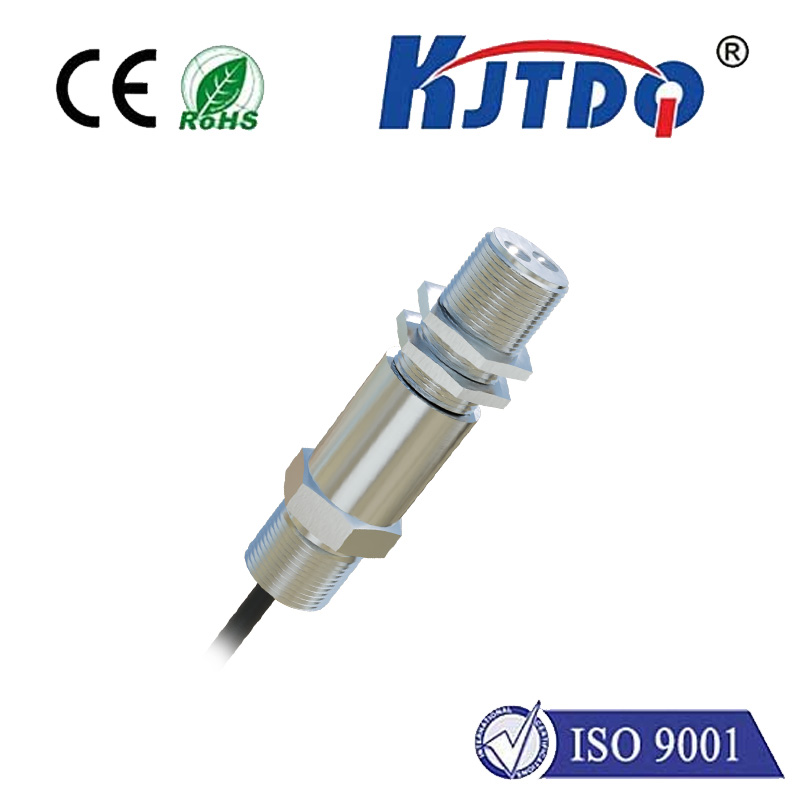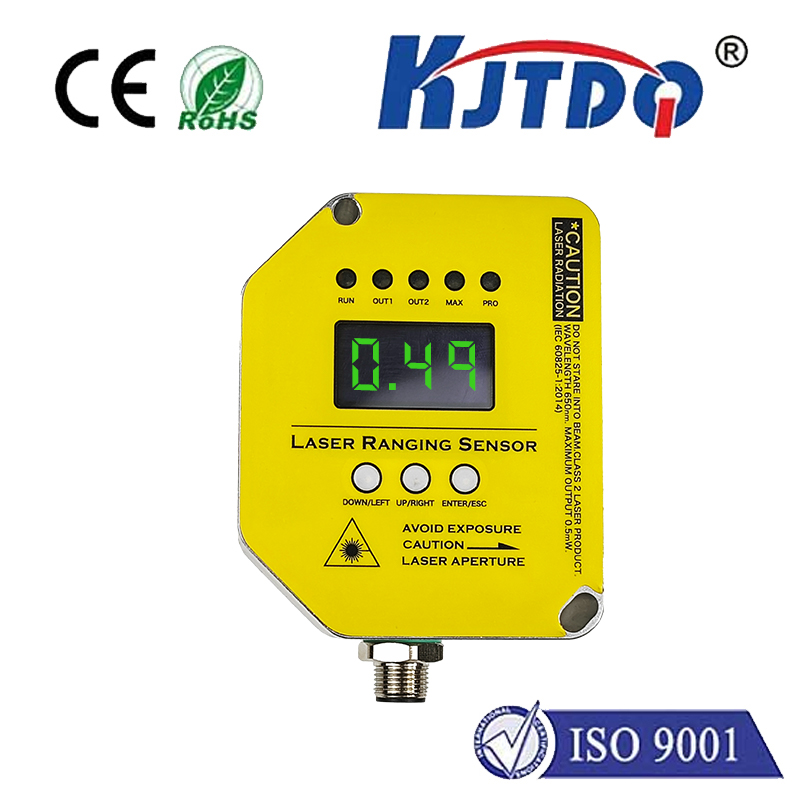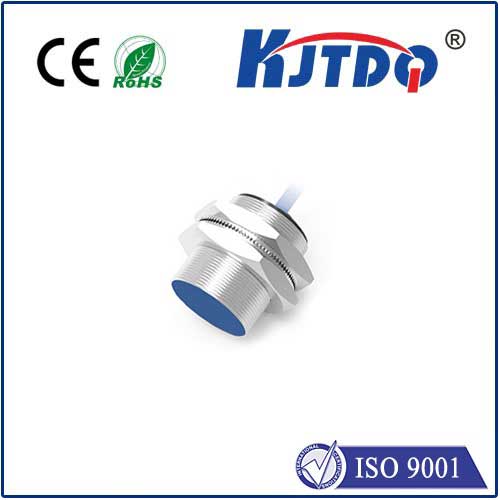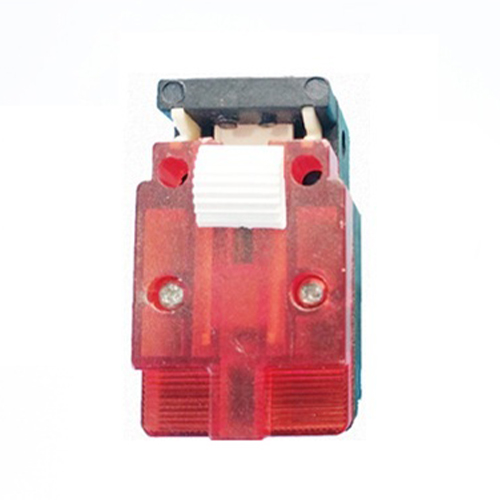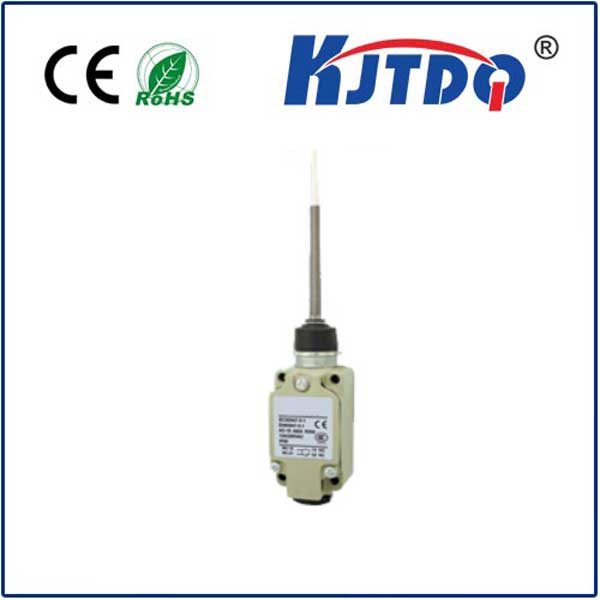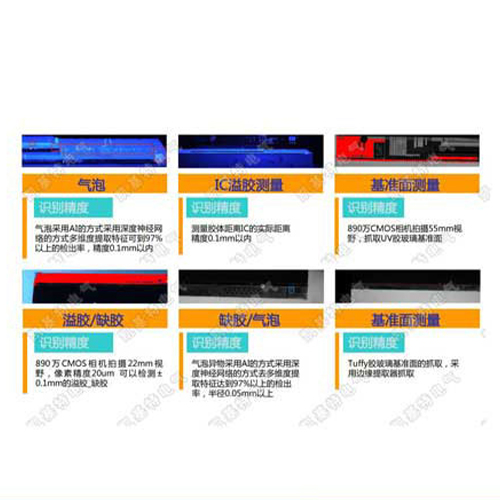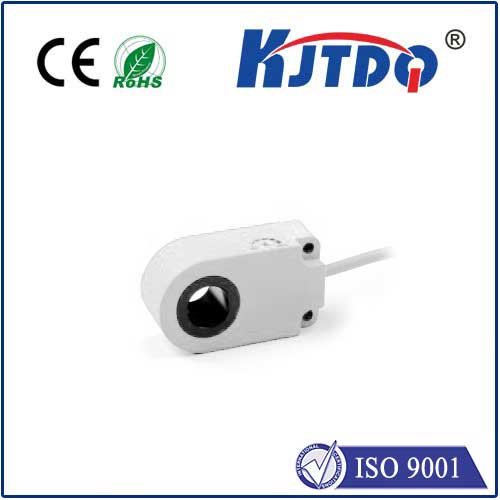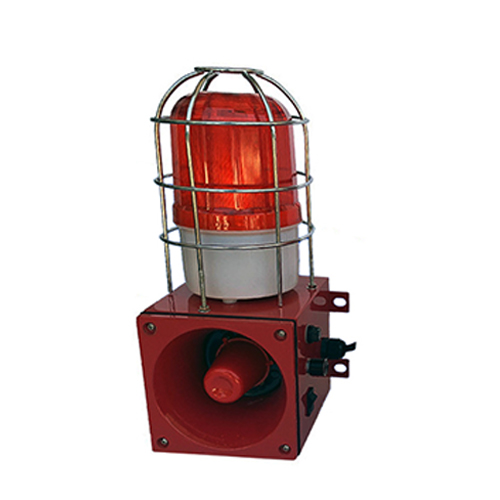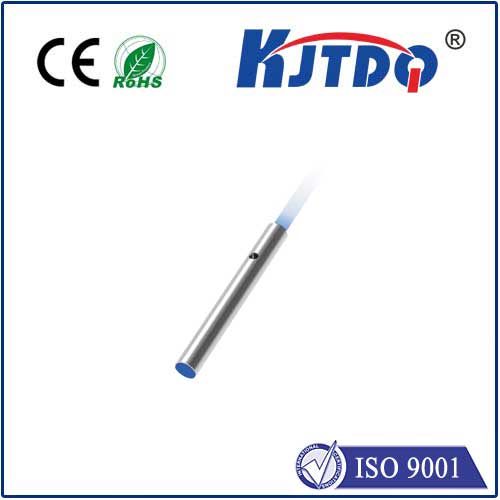fiber bragg sensor
- time:2025-08-14 13:09:02
- Нажмите:0
Fiber Bragg Sensor Technology: Revolutionizing Measurement Through Light
Fiber Bragg Sensor Technology: Revolutionizing Measurement Through Light
Imagine a sensor technology so sensitive it can detect the slightest strain on a bridge cable miles away, monitor the internal temperature of a high-voltage transformer without electrical interference, or track pressure deep within a jet engine in real-time. This isn’t science fiction; it’s the remarkable capability unlocked by Fiber Bragg Grating (FBG) sensors. These intelligent devices are transforming how we monitor, measure, and ensure safety across countless industries, leveraging the unique properties of light traveling through optical fibers.
Understanding the Core Principle: The Bragg Grating
At the heart of every FBG sensor lies its namesake component: the Fiber Bragg Grating. This is a specialized, microscopic pattern of periodic refractive index variations permanently inscribed into the core of an optical fiber using intense ultraviolet (UV) light. Think of it as creating a specific wavelength “filter” right inside the fiber itself.
The fundamental principle governing FBG sensors is the Bragg condition. When broad-spectrum light is launched down the optical fiber, this Bragg grating reflects a very specific, narrow wavelength band—known as the Bragg Wavelength (λ_B). All other wavelengths pass through the grating virtually unaffected. The relationship defining λ_B is:
λ_B = 2n_eff Λ

Where:
- λ_B is the Bragg Wavelength (peak reflection wavelength).
- n_eff is the effective refractive index of the fiber core at the grating location.
- Λ is the grating period (the physical distance between the refractive index modulations).
Sensing Intelligence: How External Changes Affect Light
The brilliance of FBG sensors lies in how external physical parameters influence the Bragg condition. When the FBG is subjected to strain, temperature changes, or pressure, two critical things happen:
- Physical Change (Λ): Applied strain physically stretches or compresses the fiber, altering the grating period (Λ).
- Optical Change (n_eff): Changes in temperature or pressure (through the thermo-optic and stress-optic effects) alter the fiber’s effective refractive index (n_eff).
Both effects directly shift the Bragg Wavelength (λ_B). Strain primarily changes Λ, while temperature predominantly changes n_eff. Pressure can induce strain or thermal effects depending on the setup. Crucially, the shift in λ_B is linearly proportional to the change in the measured parameter over a wide operational range. Therefore, by precisely measuring the shift in this reflected wavelength using an interrogator unit, we can accurately quantify the strain, temperature, or pressure acting on the FBG.
Unlocking the Power: Key Advantages of FBG Sensors
FBG sensors offer a constellation of compelling advantages that set them apart from conventional electronic sensors:
- Immunity to Electromagnetic Interference (EMI): As they rely entirely on light signals, FBGs operate flawlessly in environments saturated with electromagnetic noise – near heavy machinery, high-voltage power lines, or within MRI scanners – where traditional sensors fail.
- Intrinsic Safety: The passive nature of the fiber optic sensor (no electrical current at the sensing point) makes them inherently safe for use in explosive or flammable atmospheres (like oil & gas facilities, mines) and prevents sparking risks.
- Multiplexing Capability: This is a game-changer. Multiple FBG sensors, each tuned to a slightly different Bragg wavelength, can be easily inscribed along a single optical fiber cable. An interrogator can then distinguish and read all sensors simultaneously along this fiber line. This enables distributed sensing over kilometers with minimal cabling complexity and cost.
- Absolute Wavelength Encoding: The measurement (λ_B shift) is an absolute value referenced to the optical wavelength domain, making the sensors self-referencing. They don’t drift over time or lose calibration like resistance-based sensors.
- High Sensitivity and Accuracy: Modern interrogators can detect wavelength shifts with picometer resolution, translating to highly accurate measurements of strain (typically ±1-2 µm/m or better) and temperature (often ±0.1°C or better).
- Long-Distance Transmission: Optical fibers exhibit very low signal loss, allowing sensor networks to span vast distances (tens of kilometers) between the sensors and the interrogation unit.
- Corrosion Resistance and Durability: Optical fibers (especially coated ones) are highly resistant to harsh chemicals and environmental degradation, leading to long-term reliability.
Driving Innovation: Major Applications Shaping Industries
The unique properties of FBG sensors make them indispensable across a rapidly expanding range of fields:
- Structural Health Monitoring (SHM): Continuously monitoring strain, vibration, and tilt in bridges, dams, tunnels, buildings, wind turbine blades, and historical structures. Early detection of deformation or excessive stress allows for predictive maintenance, enhancing public safety and infrastructure longevity. Distributed sensing via FBG arrays provides unparalleled coverage.
- Аэрокосмическая деятельность: Embedded within composite materials or attached to airframes and engines to measure strain, temperature gradients, vibration, and acoustic emissions during flight testing and operational health monitoring. Their lightweight and EMI immunity are critical.
- Energy Sector:
- Oil & Gas: Temperature profiling along pipelines (detecting leaks or blockages), pressure monitoring in wells and down-hole applications (due to high-temperature tolerance and safety), strain monitoring on subsea structures. Fiber Bragg grating systems are crucial for remote and hazardous environments.
- Power Transmission: Real-time temperature monitoring of high-voltage cables, transformers, and switchgear to prevent overheating and optimize load capacity. EMI immunity is essential here.
- Renewables: Strain monitoring on wind turbine blades and towers, temperature monitoring in solar panels and battery storage systems.
- Civil Engineering: Geotechnical monitoring of soil movement, settlement, and load on retaining walls or foundations using embedded sensors.
- Industrial Process Control: Temperature and pressure sensing in demanding industrial environments (chemical plants, foundries) where EMI or harsh conditions prohibit traditional sensors.
- Medical Devices: Sensing force, pressure, or shape in minimally invasive surgical tools and catheters. Their small size and MRI compatibility are significant advantages.
- Security: Distributed acoustic sensing (DAS) and perimeter intrusion detection systems along pipelines or borders, utilizing the sensitivity of FBGs to vibrations.
Implementing FBG Systems: Considerations and Advancements
Deploying an effective FBG sensing system involves more than just the sensor element. Interrogators are key – these sophisticated instruments generate the broadband light source and precisely measure the reflected Bragg wavelengths. Sensitivity, speed, and channel capacity are critical specifications. Protecting the fragile FBG points requires robust packaging tailored to the application (e.g., metal tubes for strain gauges, specialized coatings for temperature probes). Installation techniques (embedding, surface bonding) must ensure optimal strain transfer.
The field is continuously evolving. Researchers are developing advanced coating materials for enhanced sensitivity to specific chemicals or hydrogen, creating ultra-miniature FBGs for novel applications, and improving interrogation techniques for higher channel counts and faster sampling rates. Fiber Bragg sensor technology is proving to be a versatile and robust platform upon which future sensing innovation will be built.
From safeguarding our infrastructure to enabling advanced manufacturing and unlocking new frontiers in energy and aerospace, Fiber Bragg Grating sensors demonstrate the profound impact of photonics on the modern world. By harnessing the subtle interplay between light and material properties within an optical fiber, they deliver precise, reliable, and often life-saving data where it was once impossible to obtain.

